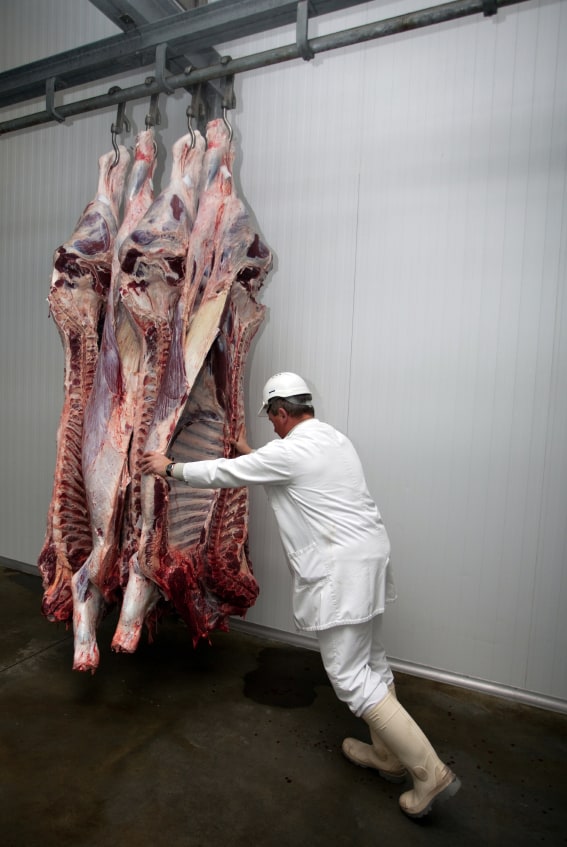Several years ago I assisted the Safety Institute of Australia in providing introductory video profiles for many of their conference speakers. The intention was to provide a teaser for the content of conference presentations and to introduce more obscure speakers. The strategy is continuing with several pre-conference videos being made available on-line.
Conference teasers in 2011 include Professor Niki Ellis and Australian lawyer, Andrew Douglas.
Andrew Douglas
Andrew Douglas says that safety professionals need to be careful of jargon as it can create an impenetrable elitism that may run counter to the aim of the profession. Part of the risk of professional jargon is that it may support an inaccuracy that creates considerable damage.
Douglas identifies “zero harm” as an example of a phrase or concept that con become popular, perhaps dominant, even though it may be unsupported by OHS laws. Because the laws and the reality of workplace safety is that there will always be people who are hurt or injured at work, “zero harm” is unattainable and those who utter the “mantra of zero harm”, as Andrew Douglas describes it, lose any OHS credibility. Continue reading “Conference videos provide optimism and nerves”

 The
The